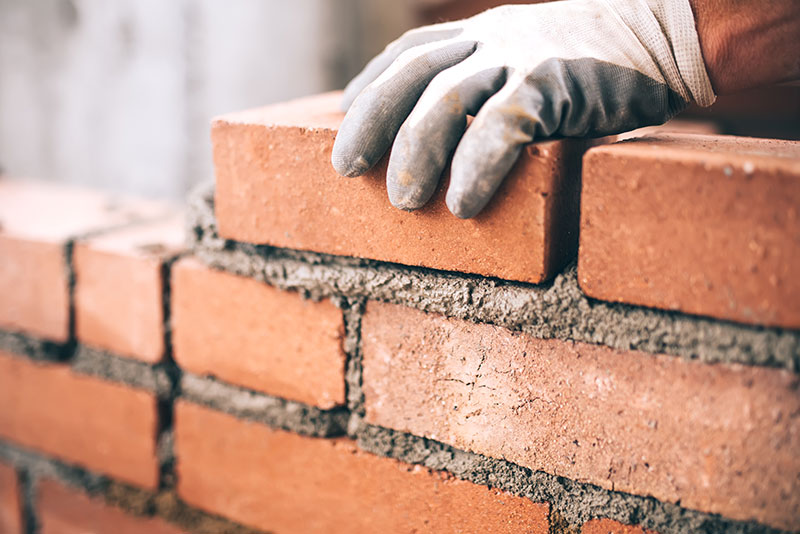Advertisement
Looking for a way to improve your curb appeal? Have you noticed that your brickwork is starting to look worn out or cracked? Chances are, it just needs tuckpointing. Has your chimney been standing for years and needs another coat of masonry? Tuckpointing may be just what you need to make it shine again.
What Is Tuckpointing?
Tuckpointing is a necessary part of masonry repair and maintenance that can help protect your brick home, business, or chimney facade from disrepair. Tuckpointing is the process of removing any loose mortar, patching cracks, repointing walls and repairing other masonry damage. However, it’s important to remember that improperly done tuckpointing can actually cause more damage than good.
If you’re thinking about tuckpointing your brick walls, we’re here to tell you that now is the perfect time to act on that impulse. Tuckpointing involves removing and replacing old, damaged, or missing mortar from the brickwork. Once the deteriorated mortar is removed, the joints are filled with new mortar. It’s a delicate, painstaking process that requires the careful and precise hand of an expert. The result is stunning – and makes your structural integrity sturdy and solid once more!
What Causes Mortar to Deteriorate?
The mortar joints of a brick wall are the most vulnerable parts. They need to be cared for in order to remain intact and prevent damage. The most common reason why mortar may crumble or fail is due to moisture. The moisture can ruin your bricks if left unprotected, especially when exposed to heat and cold, causing the mortar joint to expand or contract unevenly or even crack due to frost heave.
How Often Should Tuckpointing Be Done?
When is tuckpointing needed? Generally speaking, if you see any cracks in the mortar or cracks in the bricks, it’s a good idea to get them repaired. How often will I need to have my bricks and mortar touched up? Usually it’s suggested that your work be done every 25-30 years if you live in a humid climate and every 10 years (or more frequently) if your region sees less rain and humidity.
When Your Property Needs Tuckpointing?
There are a few telltale signs that your property may need quality tuckpointing services soon. Before you explore the brickwork on your building, make sure it is clean and dry. You should also take note of any cracks or signs of crumbling, as well as holes or gaps in the mortar. Try power washing before inspecting for damage because it often makes damage easier to spot. If you notice any white residue or weathered/flakey surfaces on your mortar, you may have more serious problems than just gaps and cracks. Your structure could collapse if you don’t get it repaired right away!

